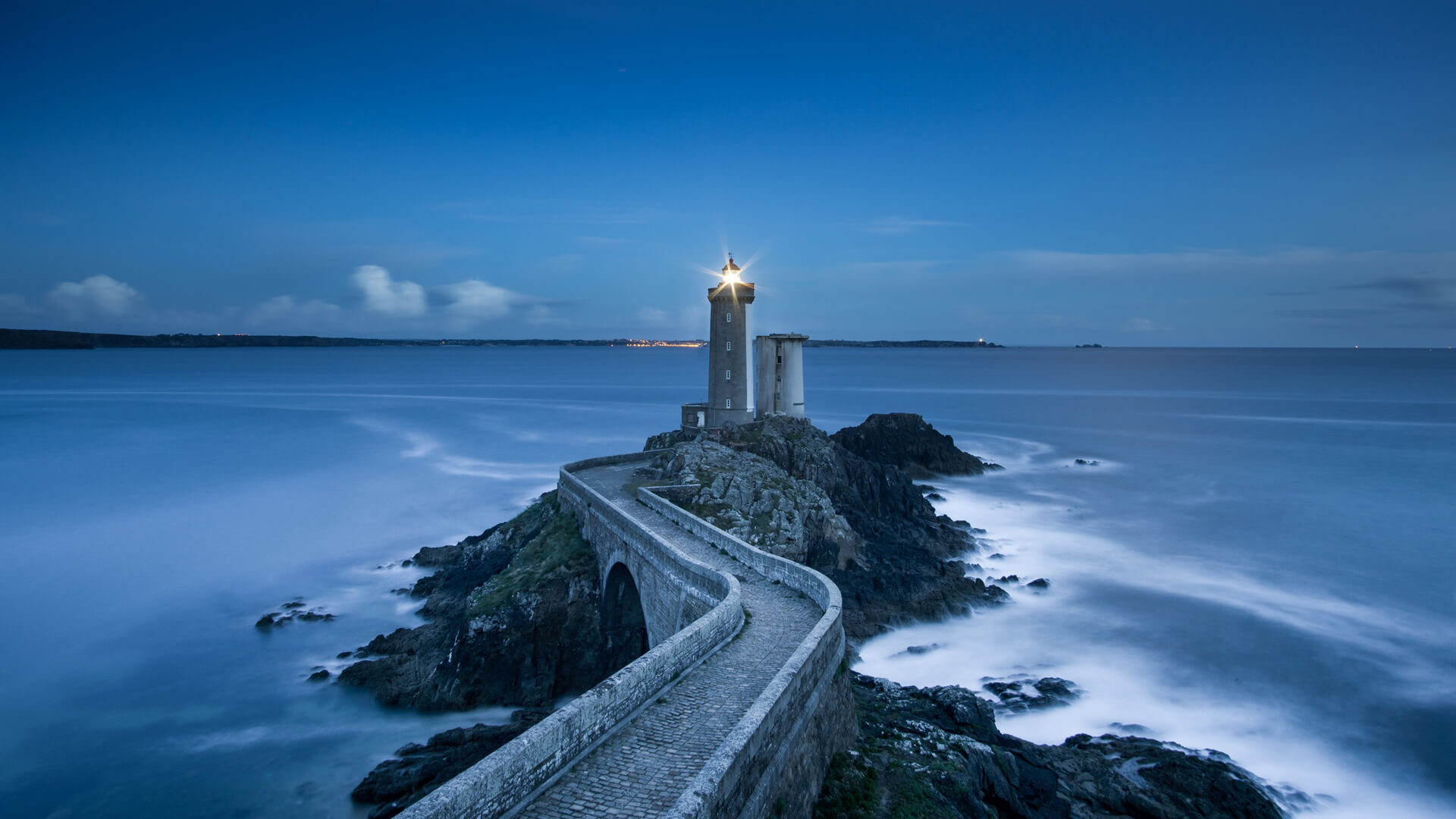Sailing weather forecast
When planning a sailing trip on a sailboat or motor yacht, skippers should check weather forecast and local weather conditions in advance.
Most sailors rely on weather forecast websites, but recognizing weather indicators from natural signs can often provide more accurate, localized predictions, especially in the short term. Observing these external indicators can be invaluable, especially when sailing in small boats, which are more vulnerable to sudden weather changes. An experienced skipper can easily detect approaching weather shifts by observing signs around them.
A seasoned yacht captain, knowledgeable about local signs, may be able to anticipate storms or hurricanes by subtle environmental cues. Successful weather prediction requires consistent observation of atmospheric and sea changes, combining as many indicators as possible for the most accurate forecast.
- Circles around the sun or moon indicate an approaching cyclonic area, often bringing precipitation and strong winds.
- If the sun sets behind dense clouds with purple edges, expect worsening weather.
- A dim, blurred sun that eventually disappears behind clouds suggests incoming poor weather.
- A pink-red dawn or sunset often indicates possible precipitation and stronger winds.
- A soft pink dawn is typically a sign of stable, good weather.
- A yellow or golden dawn suggests clear, dry weather ahead.
- When the sun or moon appears distorted at sunrise or sunset, resembling an oval or cap, it often means dry, anticyclonic weather is coming.
- Increased twinkling of stars suggests an approaching cyclonic area, rain, and strong winds.
- A faint greenish sheen to stars indicates stable, good weather.
- Clouds growing upwards and forming "tower" shapes indicate likely rain and wind.
- Lenticular clouds, resembling airships, signal strong winds in the lower atmosphere.
- Fast-moving clouds in calm weather are a sure sign of increasing winds.
- Clouds moving in different directions suggest imminent precipitation.
- Clouds moving against the wind direction often indicate worsening weather.
- A whitish sky tint often signals worsening weather.
- Layered clouds transitioning into rain clouds point to heavy precipitation.
- White-tinted skies suggest inclement weather, while cloud dispersal by evening hints at improved conditions.
- Clear, motionless cumulus clouds with defined edges, appearing in the morning and disappearing by evening, suggest stable, good weather.
- A rapid barometer drop in middle and low latitudes signals an approaching storm.
- A continuous drop in pressure throughout the day suggests an approaching cyclone (the faster and longer this drop, the more certain the sign).
- A wave-like barograph curve usually indicates an approaching cyclone.
- A slow pressure rise or steady barometer reading over several days often signifies stable, clear weather.
- If the barograph curve slopes upward during a pressure rise, expect calm weather; if it slopes downward, anticipate stronger winds.
- A slow pressure drop in the morning, with rising temperature and humidity, may indicate precipitation, or in summer, a thunderstorm.
- If wind direction changes to the left with altitude, an anticyclonic pattern (fair weather) is likely. A shift to the right signals cyclonic (stormy) weather.
- Wind strengthening in the evening often forecasts prolonged precipitation and a potential storm.
- A weakening of the wind at sunset, with no subsequent increase, signals calm weather until dawn.
- Evening squalls that become more even or calm by night indicate worsening weather.
- An increase in wind strength at night often signals further intensification.
- Sudden wind weakening suggests an imminent change in direction.
- A weak wind in the morning that strengthens by midday, and subsides by evening, suggests stable, good weather.
- A significant evening or night temperature increase signals on worsening weather.
- A sharp temperature drop, combined with strong cold winds and gradual clearing, suggests a positive weather shift.
- Ground fog that dissipates before sunrise indicates a cyclone.
- Persistent fog formed during the day, especially with mild winds, suggests stable weather.
- Heavy dew on rigging and decks overnight often indicates fair weather with moderate or calm winds.
- If distant objects appear closer than usual, expect worsening weather and precipitation.
- When distant objects are faint but clear, it indicates likely good weather.
- If absolute humidity rises by over 2 mm within 6-8 hours, expect heavy rain the next day.
- A drop in relative humidity in the morning, with an increase in the evening, indicates clear weather.
- Rising chimney smoke in calm weather indicates fair weather, while smoke drifting downwards hints at cyclonic conditions.
- Birds staying near shore in low winds often signal approaching wind.
- A rapid return of birds to shore suggests an incoming storm.
- Ripples and waves moving downwind indicate a cyclone.
- Seabirds venturing far from shore early in the day suggest calm weather for the next 6-12 hours.
- Hearing distant sounds clearly is a sign of approaching precipitation.
- Short twilight usually means improving weather.
These natural signs, combined with modern weather forecasts, can greatly improve the ability to anticipate weather changes at sea, providing valuable insights for safer sailing.

